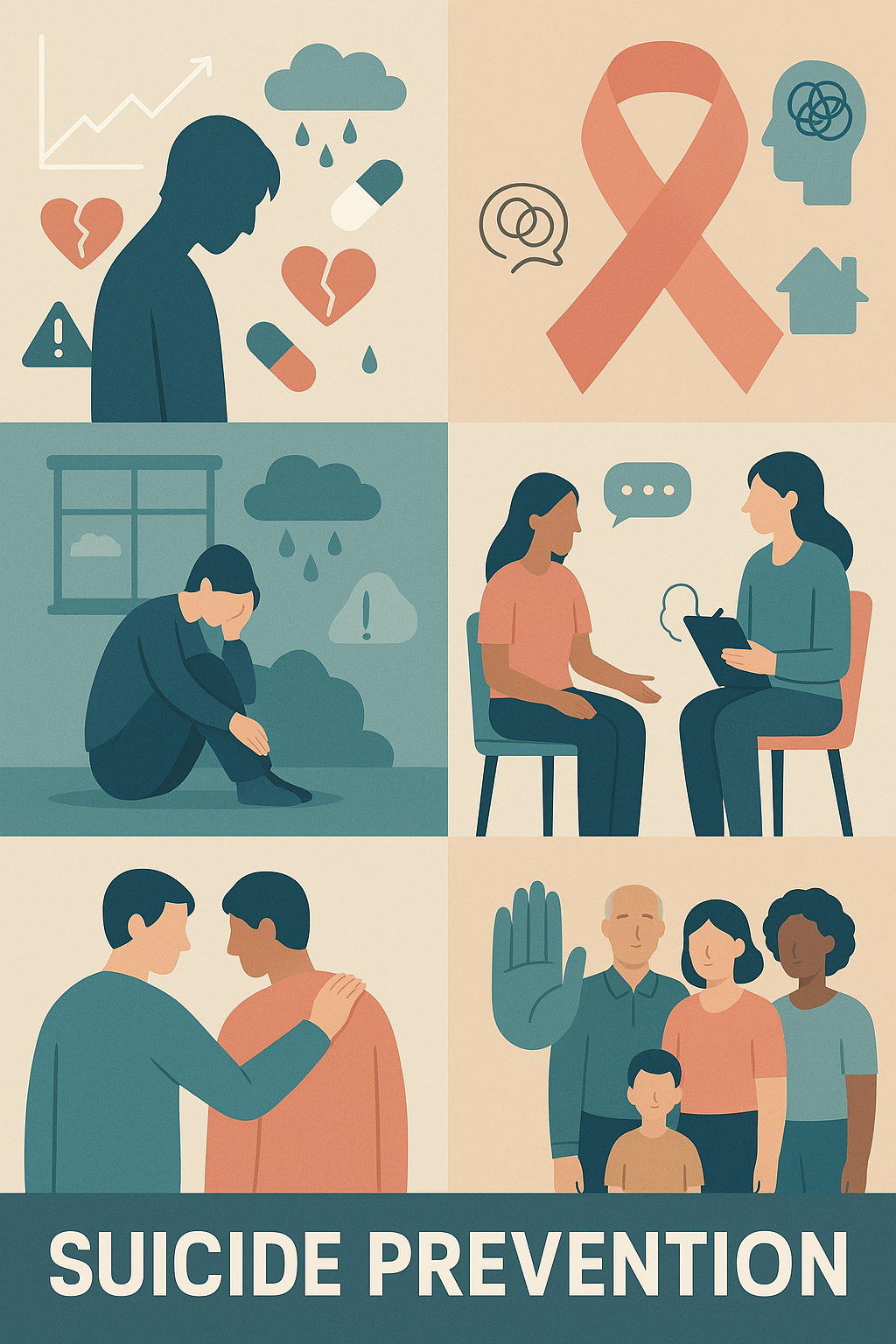
10th September Suicide Prevention Day 2025
Every year, more than 700,000 people die by suicide globally. For every death, many more attempt it or struggle silently with suicidal thoughts. Suicide isn’t just a mental health issue — it’s a public health crisis, one we all have a role in addressing. This Suicide Prevention Day, let’s get real about the facts, the causes, the warning signs, and most importantly, what we can do to save lives.
The Numbers: A Look at the Data
Global suicide rate: 9 per 100,000 people (World Health Organization, 2023)
Leading cause: Among the top 5 causes of death for people aged 15–29
Higher risk groups: Men, the elderly, LGBTQ+ individuals, those with mental illness, and people who have experienced trauma or abuse
One attempt every 2–3 seconds; one death every 40 seconds
These numbers are not just statistics — they represent sons, daughters, parents, coworkers, and friends.
Why People Think About Suicide
Suicide is rarely caused by one single thing. It’s usually the result of many factors coming together over time. Common causes include:
Mental illnesses like depression, bipolar disorder, schizophrenia
Substance abuse (drugs and alcohol can lower inhibition and increase impulsivity)
Trauma (abuse, neglect, violence, loss)
Chronic pain or illness
Social isolation, bullying, or discrimination
Financial or legal problems
Loss of a loved one, especially by suicide (known as suicide contagion)
It’s important to remember: most people who think about suicide don’t want to die — they want the pain to stop.
Spotting the Early Signs
Suicidal thoughts often build up gradually. Being alert to the signs can make the difference between life and death:
Talking about feeling hopeless, being a burden, or wanting to die
Withdrawing from friends, family, or activities they used to enjoy
Sudden mood swings: from deep sadness to calm or even happiness (which may signal a decision to act)
Changes in sleep, appetite, or energy
Giving away possessions, saying goodbye
Increased use of alcohol or drugs
Writing or talking about death, even jokingly
If someone shows even one of these signs, take it seriously.
What Treatment Looks Like
Suicidal thoughts are treatable, and recovery is possible. Treatment often involves:
Therapy: Cognitive-behavioral therapy (CBT) and dialectical behavior therapy (DBT) are especially effective
Medication: Antidepressants, mood stabilizers, or other psychiatric drugs may be prescribed
Crisis support: Hotlines, crisis centers, or psychiatric hospitalization if someone is in immediate danger
Lifestyle changes: Building routines, sleep hygiene, social connection, and stress management
Early treatment of depression and anxiety is a key step in preventing suicide. The sooner help starts, the better the chances of recovery.
What Family and Society Can Do
Suicide prevention is not just the job of doctors or mental health professionals. Families, friends, schools, workplaces — everyone — has a role.
For Families:
Listen without judgment. Don’t try to fix it right away — just be present.
Take all talk of suicide seriously. Don’t brush it off as “just drama” or a phase.
Help them get professional help. Offer to go with them to appointments.
Create a safe environment. Remove access to means like firearms, pills, or sharp objects if someone is at risk.
Stay connected. Isolation fuels suicidal thoughts; connection weakens them.
For Communities and Society:
Raise awareness. End the stigma around mental health and suicide.
Support mental health services. Advocate for accessible, affordable care.
Train gatekeepers. Teachers, police officers, managers — everyone should know the signs and how to respond.
Promote social inclusion. People who feel seen and valued are less likely to feel suicidal.
Bottom Line: Suicide Is Preventable
The most dangerous myth about suicide is that nothing can be done to stop it. That’s wrong. With awareness, compassion, and action, suicide is preventable.
If you or someone you know is struggling, don’t wait. Talk. Reach out. Ask the hard question: “Are you thinking about suicide?” It could save a life.
In Crisis? Get Help.
Call your local suicide prevention hotline or emergency services. In many countries, confidential support is available 24/7.
This Suicide Prevention Day, be the reason someone stays.
-Dr.Vivek G Vasoya MD
(Homeopathic Psychiatrist & Psychotherapist)
References:
1. Mind Over Matter: A Guide to Cognitive Behavioural Therapy
A practical guide to understanding and applying CBT techniques for managing stress, anxiety, and negative thinking.
2. DBT Demystified: A Step-by-Step Guide to Emotional Wellness
A simplified yet comprehensive guide to Dialectical Behaviour Therapy, focusing on emotional regulation and mindfulness.
3. Thinking Errors: Rewiring Your Mind for Peace and Purpose
An in-depth exploration of cognitive distortions and how to reshape thought patterns for emotional well-being.
WHO - World Health Organization



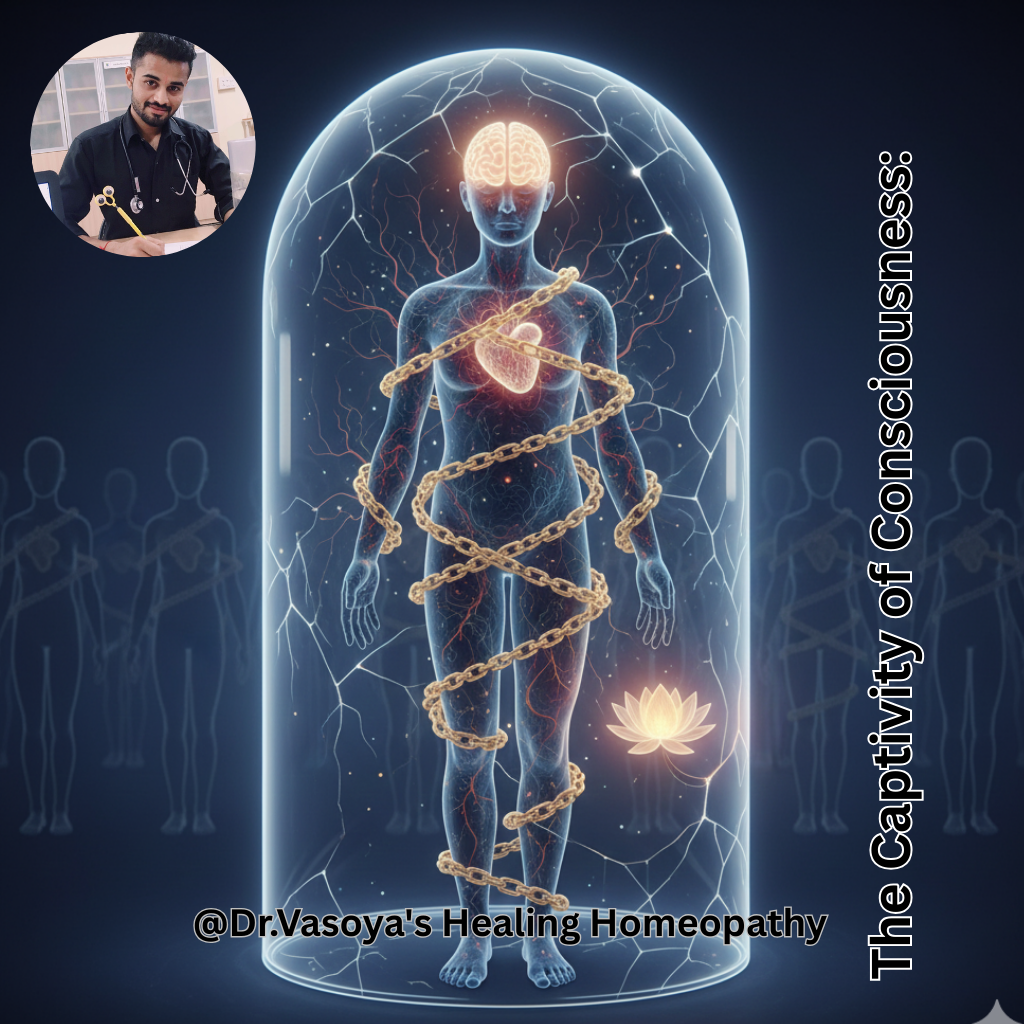

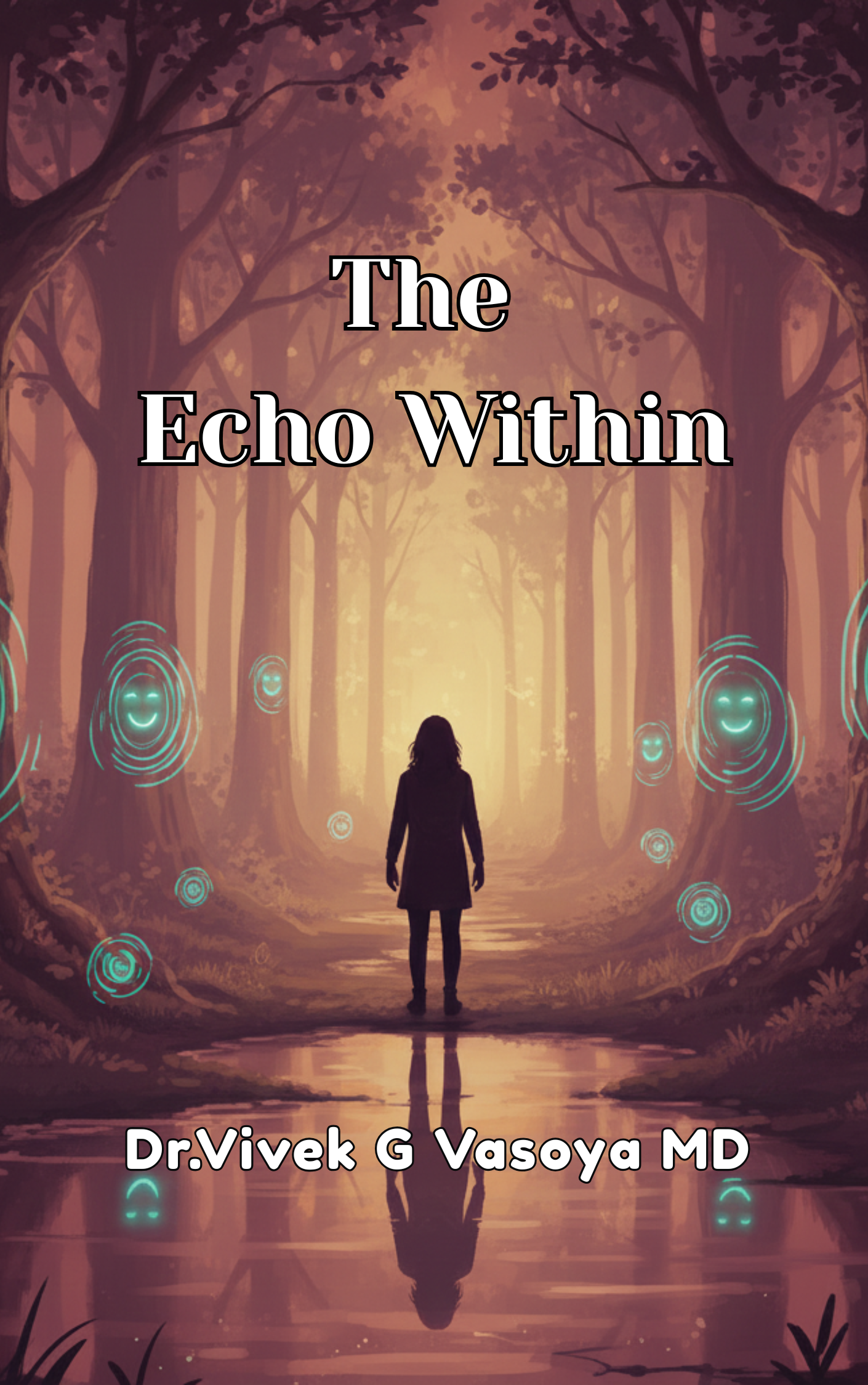


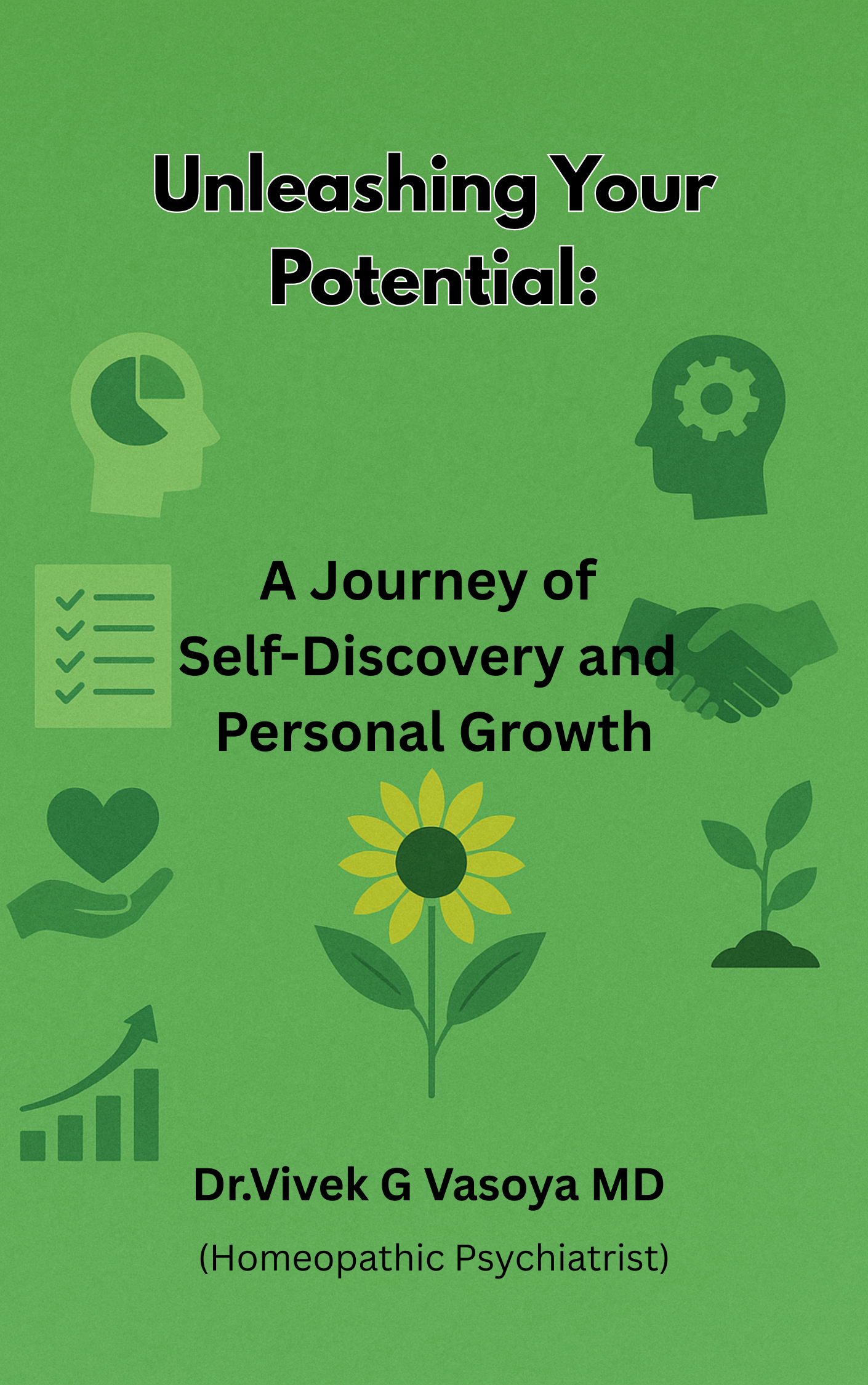
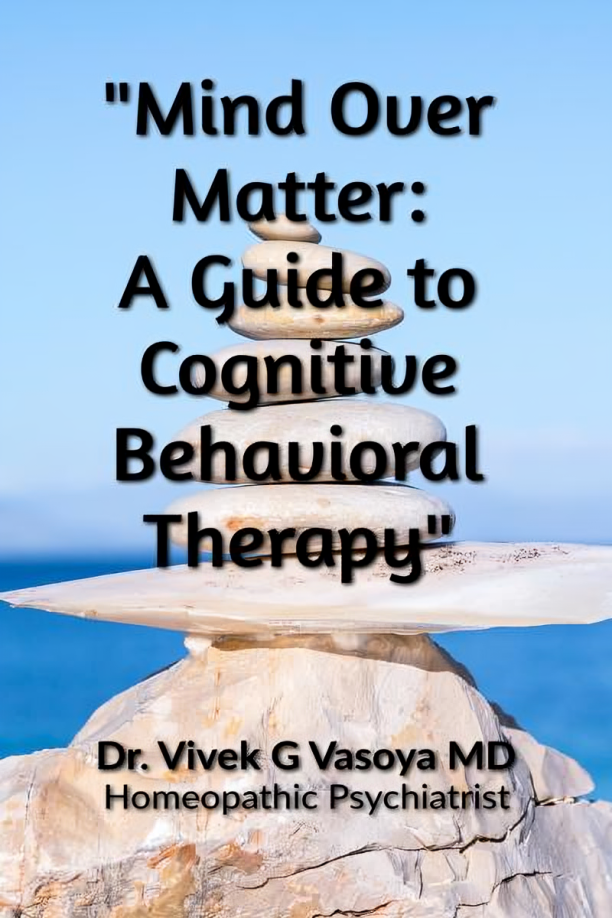
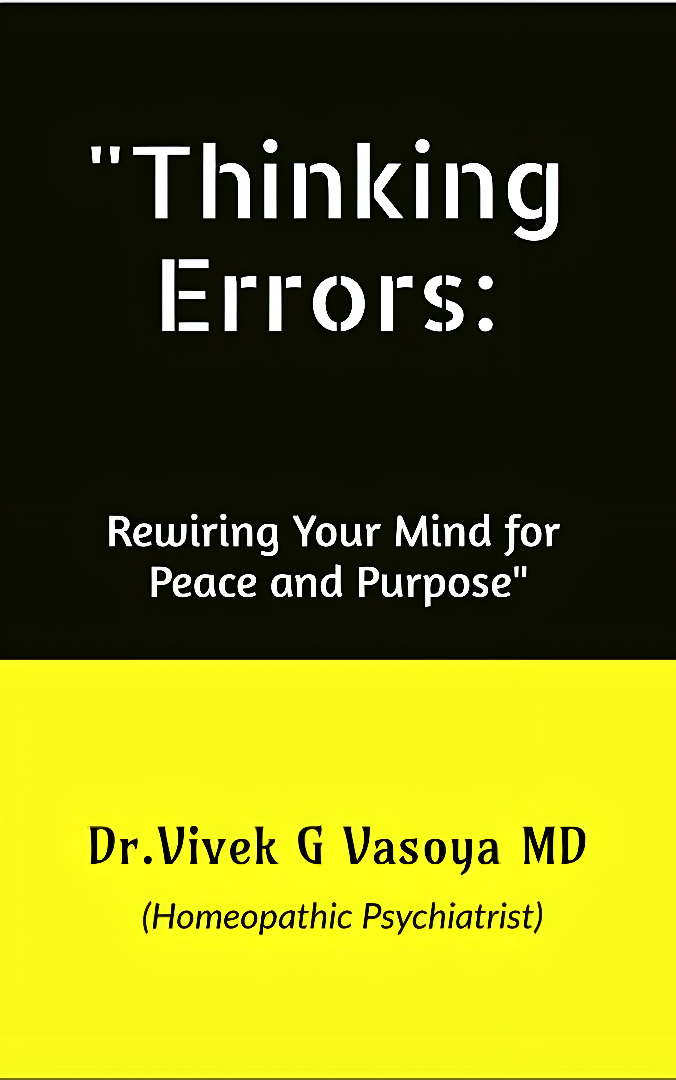

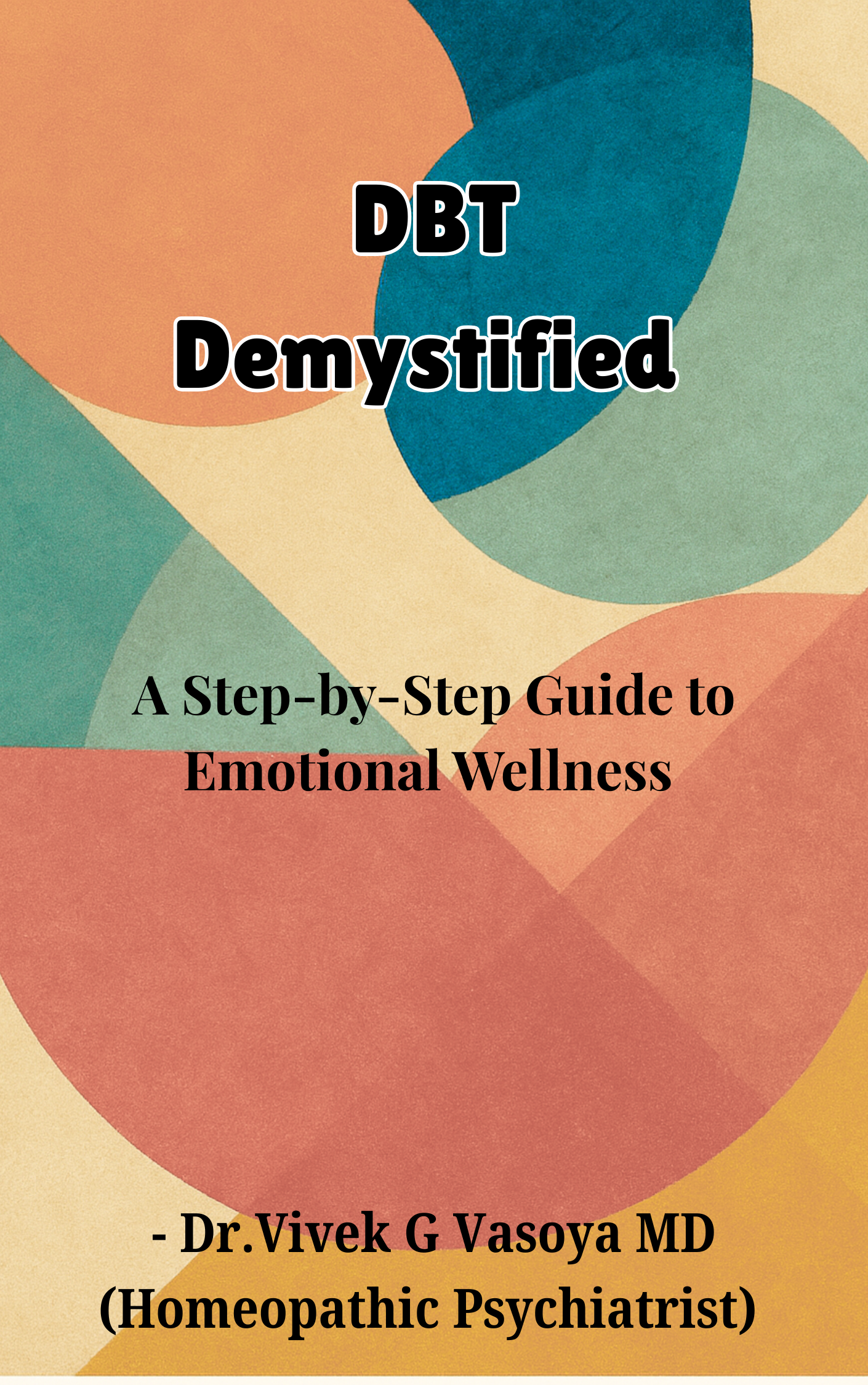
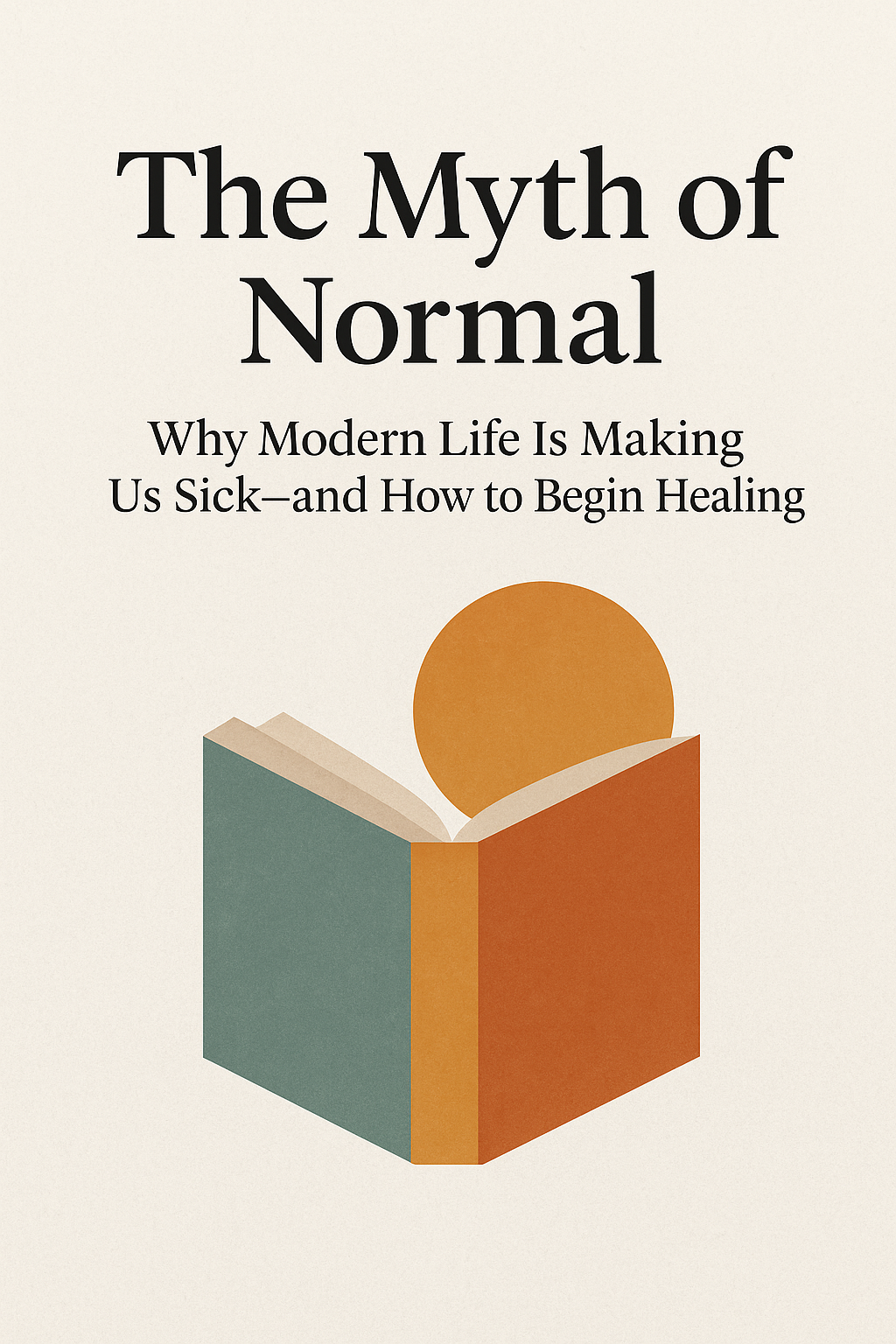
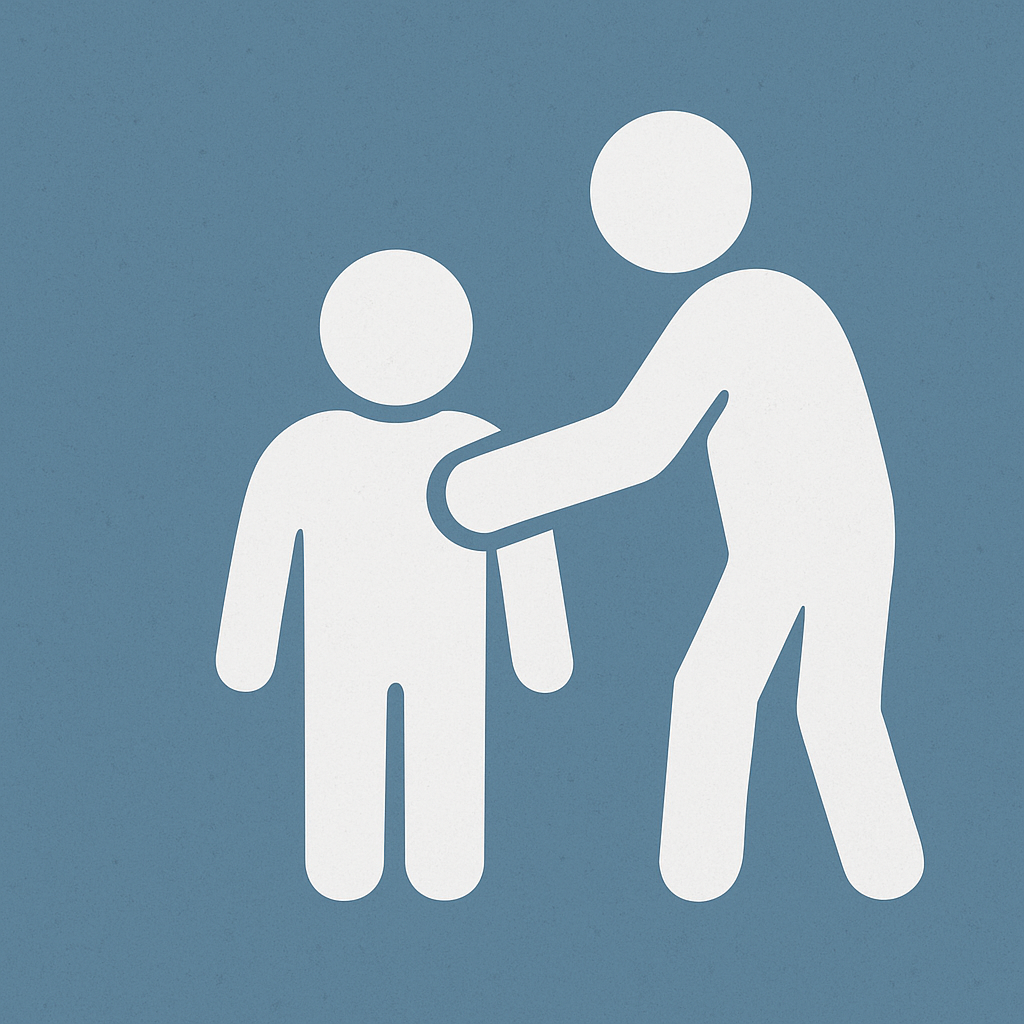


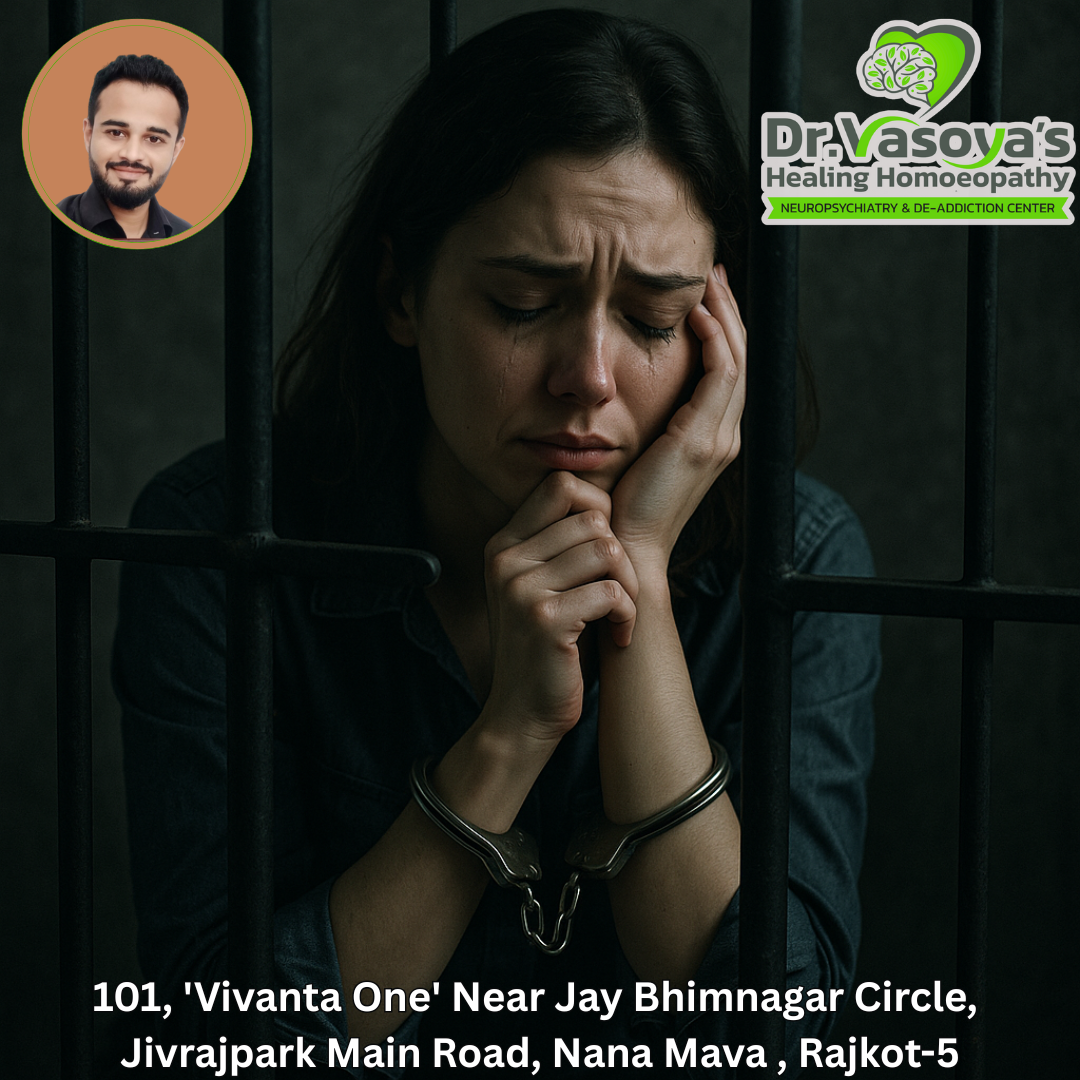


Write a comment ...